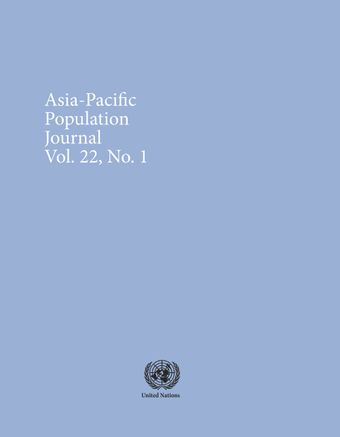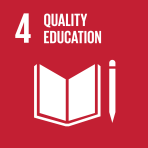-
Sociocultural and geographical disparities in child immunization in Nepal
- Source: Asia-Pacific Population Journal, Volume 22, Issue 1, Jan 2007, p. 43 - 64
-
- 22 Jan 2007
Abstract
Universal child immunization against vaccine-preventable diseases is recognized as one of the most cost-effective ways of reducing infant/child mortality in developing countries (Westly, 2003; Du Lou and Pison, 1996; Ministry of Health [Nepal], New Era, & ORC Macro, 2002; Department of Health Services/Nepal, 2000/2001). However, a considerable proportion of children living in many developing countries are deprived of receiving a complete course of immunization (Westly, 2003). In an effort to understand the key determinants of low prevalence of childhood immunization, previous studies have primarily focused on household structures (Gage, Sommerfelt and Piani, 1997; Bronte-Tinkew and Dejong, 2005); household economic resources (Bronte-Tinkew and Dejong, 2005); parental (particularly maternal) education (Desai and Alva, 1998; Streatfield, Singarimbun and Diamond, 1990); community contexts such as access to health services, community social structure and rural-urban residence (Pebley, Goldman and Rodriguez, 1996); access to health infrastructures and insurance (Gore and others, 1999), and political, institutional and organizational factors (Gauri and Khaleghian, 2002) as potential determinants. These studies have focused on Africa (e.g., Jamaica, Trinidad and Tobago), Central America (e.g., Guatemala) and North America and do not reflect the relevance of sociocultural backgrounds and geographical disparities existing in Nepal.





